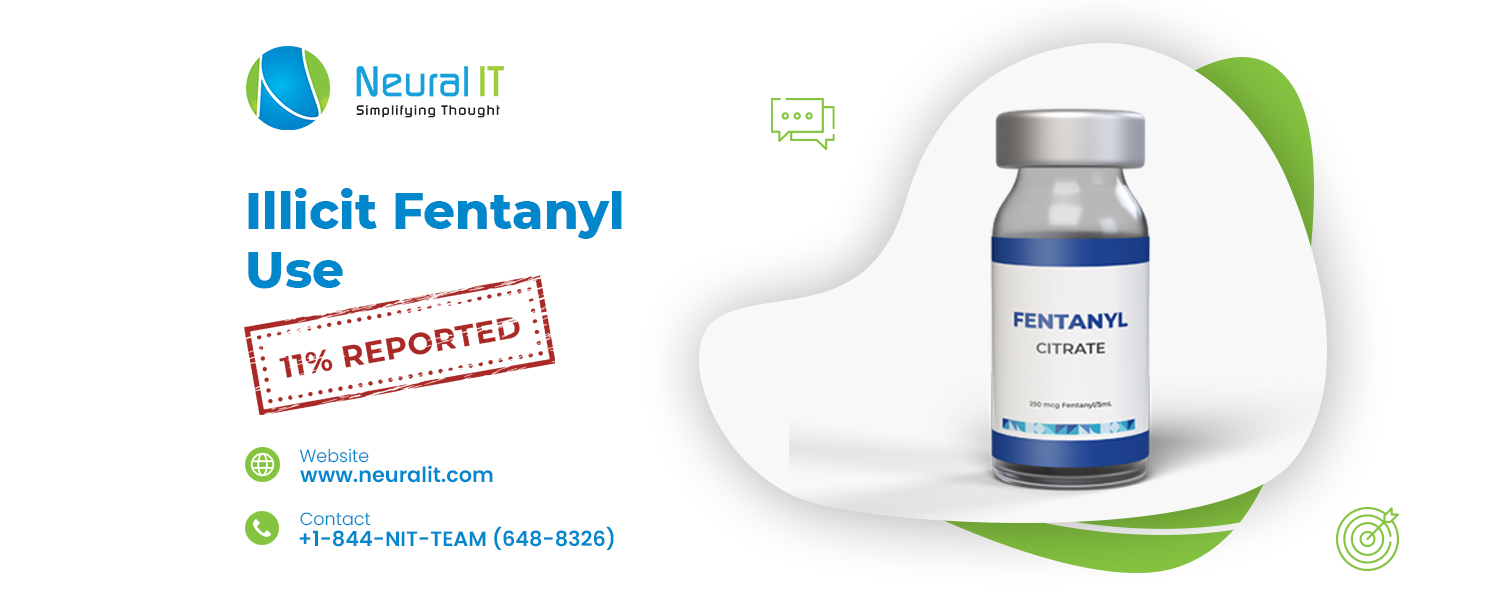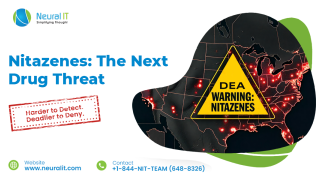Illicit Fentanyl Use in U.S. Vastly Undercounted
Illicit Fentanyl Use in U.S. Vastly Undercounted

Introduction
A recent study has found that significantly more Americans are using illicit opioids, including fentanyl, than previously estimated, suggesting current government methods may drastically underreport the true scope of the opioid epidemic.
The findings, published in the JAMA Health Forum, call for improved surveillance to better inform the national response to the crisis.
Illicit Fentanyl Use Much Higher Than Reported
In a national survey of American adults, 11% reported using illicit opioids in the past year, while 7.5% said they had used illicitly manufactured fentanyl. These figures are over 20 times higher than those reported in the federal government’s National Survey on Drug Use and Health (NSDUH), which in 2022 estimated just 0.3% of adults had used illicit fentanyl.
Evolving Nature of the Opioid Crisis
The opioid epidemic in the United States has changed significantly over time. Initially driven by the overprescription of painkillers, the crisis shifted to heroin use in the early 2010s, and then to fentanyl—a synthetic opioid often illicitly manufactured—several years later. Today, fentanyl is involved in the majority of overdose deaths and is a major contributor to the rise in polysubstance use fatalities.
Limitations in Government Drug Use Tracking
The NSDUH remains the largest and most cited federal survey for tracking drug use in the U.S., but researchers believe it may fall short in capturing the full picture of illicit opioid use. One possible reason for the discrepancy is how the federal survey is conducted—about half of the responses are collected in person, which may lead to underreporting due to the sensitive nature of the questions.
New Survey Sheds Light on Illicit Opioid Behavior
To address these gaps, researchers from RAND Corporation and the University of Southern California conducted their own survey in June 2024. They asked 1,515 American adults about their use of nonprescription opioids, specifically including heroin and illicit fentanyl. The online format allowed participants greater anonymity, which may have contributed to more honest reporting.
A notable feature of this study was its distinction between intentional and unintentional use of illicit opioids. Among participants, 7.7% reported intentional use of nonprescription opioids, and 3.2% reported unintentional use. Regarding fentanyl, 4.9% admitted to intentional use, while 2.6% said they used it unintentionally—often due to fentanyl being mixed into other drugs without their knowledge.
First Opioid Exposure Often Linked to Prescription Drugs
The survey also explored how participants were first introduced to opioids. Of those who had used nonprescription opioids in the past year, 39% said their initial exposure came from medication prescribed to them. Another 36% reported first using prescription opioids that were not prescribed to them. The remaining 25% said their first opioid experience involved illicitly manufactured opioids such as fentanyl or heroin.
Call for Improved Data Collection
The study’s authors emphasized the importance of developing better, real-time methods for tracking illicit drug use. "This data is a critical piece in understanding and addressing the opioid crisis," said a co-author and USC economist. He added that more timely and accurate information is needed to measure the effectiveness of ongoing public health efforts.
Survey Limitations and Future Research Plans
While the study offers new insights, the researchers acknowledged limitations. Because the survey was conducted online, there is a possibility that the sample may not perfectly represent the broader population, despite demographic similarities to national averages. To strengthen their findings, the authors plan to repeat the study using alternative platforms that are less prone to bias.
Conclusion
This study adds to growing evidence that the federal government may be underestimating the scale of illicit opioid use in the U.S. As the opioid crisis continues to evolve, the need for accurate, timely data has never been more critical in shaping effective policies and saving lives.




